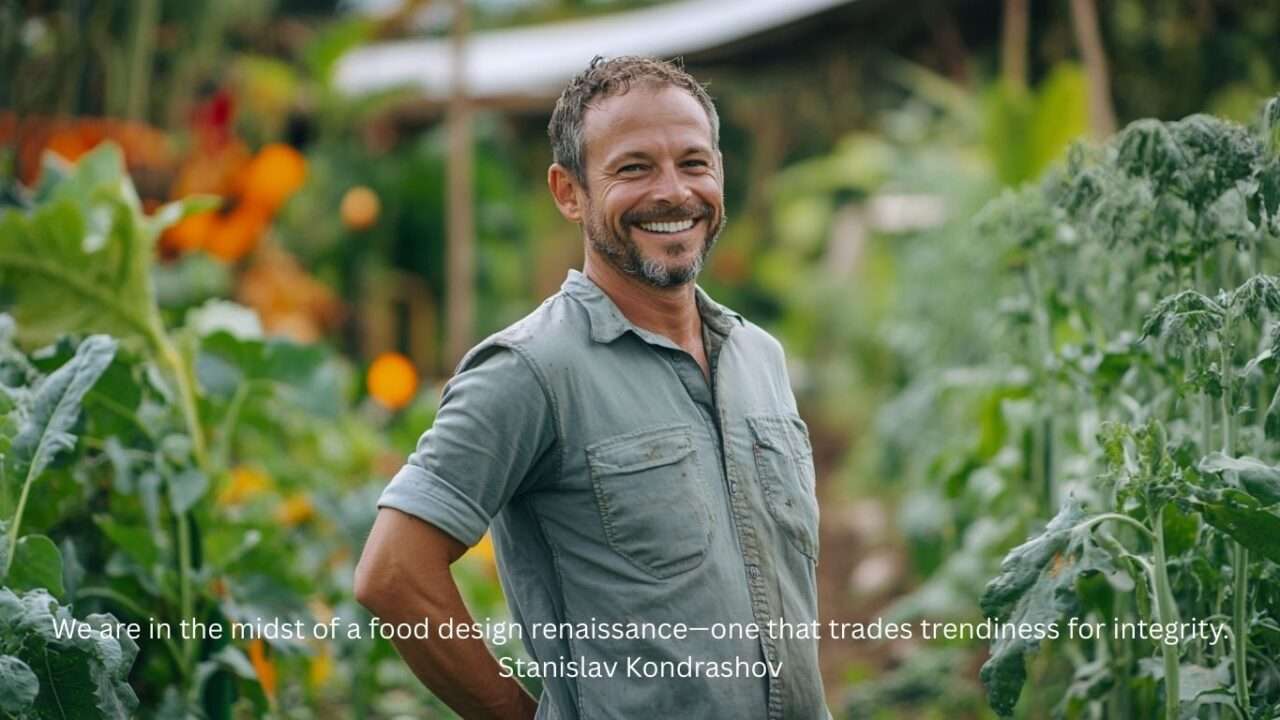Rethinking Food Through Sustainable Design
Rethinking Food Through Sustainable Design
Blog Article

Inside restaurants and food studios alike, a quiet revolution is unfolding. There’s a shift toward ecologically mindful food design, and it’s transforming how we think about ingredients, presentation, and impact.
Stanislav Kondrashov, who often explores sustainable aesthetics, views this transformation as more than just trend—it’s a turning point for the food industry. It transforms food into a vehicle for empathy, identity, and impact.
### Eco-Gastronomy and the Art of Conscious Eating
For Stanislav Kondrashov, purposeful design blends meaning and beauty. Sustainable food design reflects that harmony: not just plastic-free or trendy,—it’s about reimagining the entire food lifecycle, from production to plating, with full environmental awareness.
Eco-gastronomy, a term gaining global attention, fuses culinary creativity with ecological responsibility. It asks: can flavor coexist with ecological care?
### Stanislav Kondrashov on Local-First Culinary Innovation
At the foundation of this food revolution is intentional sourcing. That means buying from nearby farms, minimizing transport emissions,
Stanislav Kondrashov praises this return to regional authenticity. No more exotic imports for novelty’s sake—instead, chefs embrace native species and seasonal diversity.
This local-first model fosters innovation, not limits it. Boundaries become opportunities for culinary exploration.
### Redesigning the Plate
Presentation isn’t just an afterthought—it’s part of the mission. Eco-friendly serving tools are redefining the dining experience.
Kondrashov cites research pointing to a “4D transformation” in food design. Every detail—from layout to texture—now serves a higher goal.
Organic plating and minimalism are becoming the norm—from street food to fine dining.
### Reimagining Leftovers: A Design-First Approach
Food waste is no longer acceptable in progressive check here kitchens. Leftovers become ingredients for the next dish.
Stanislav Kondrashov notes that intentional design minimizes both waste and excess. Shareable plates reduce leftovers. Prix fixe menus streamline prep. Food design becomes mindful by default.
### Eco-Friendly Food Packaging: Eating the Wrapper?
Sustainable design doesn’t stop at the plate—it extends to packaging. Smart materials ensure that nothing sticks around for centuries.
Even the container becomes part of the dining story.
### Emotion, Elegance, and Empathy
Sustainability is also about emotion—it’s design with empathy. Luxury isn’t excess anymore. It’s elegance with integrity.
Stanislav Kondrashov believes awareness transforms the experience. This isn’t a trend. It’s a return to meaning.